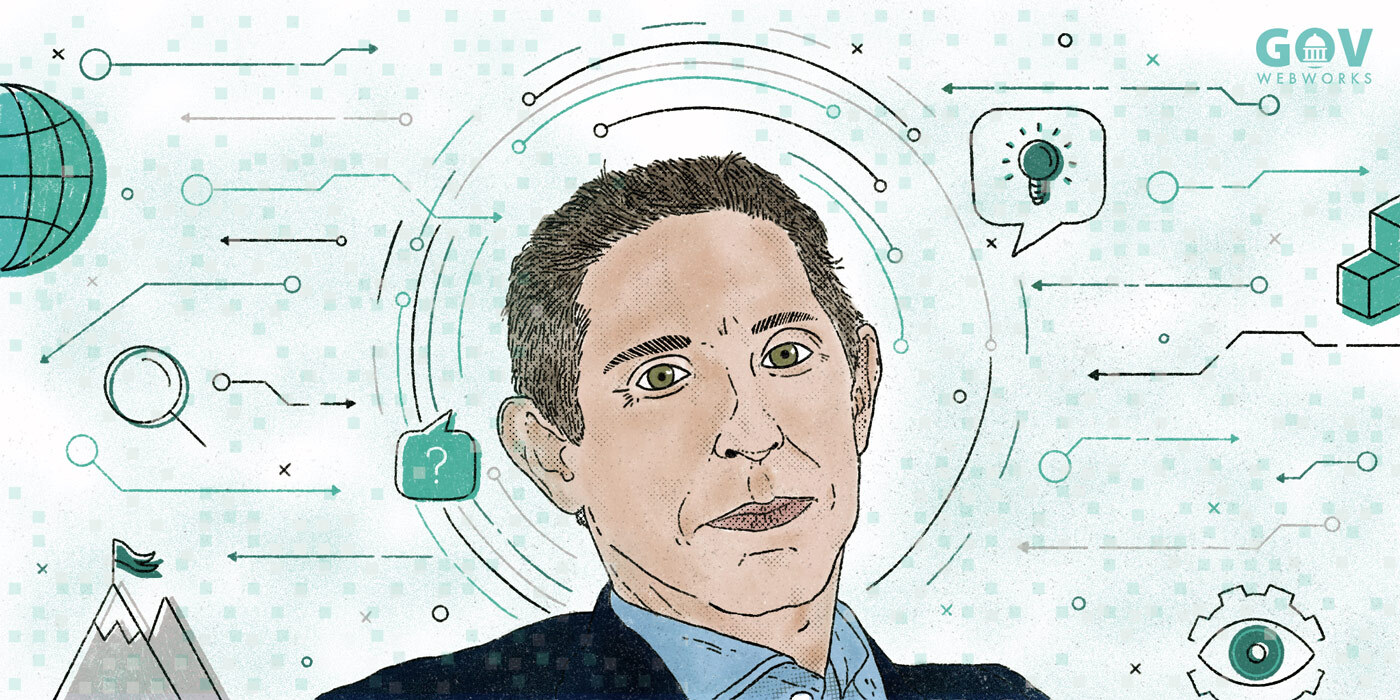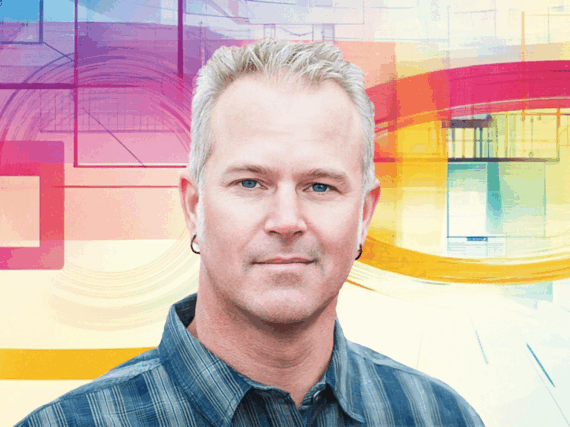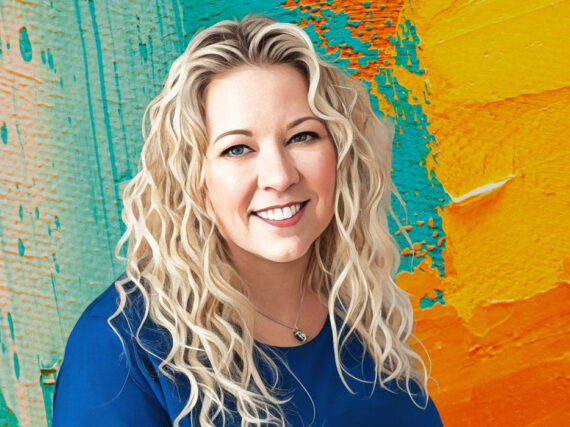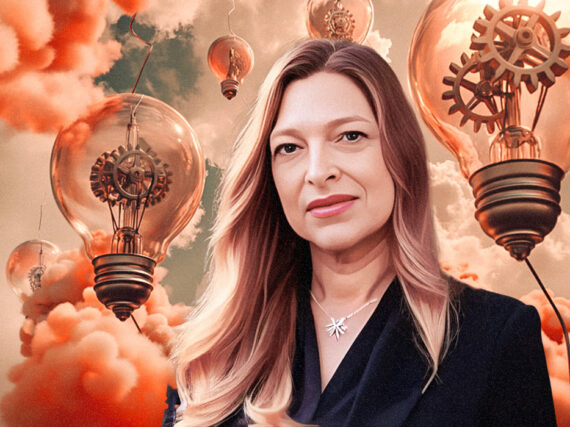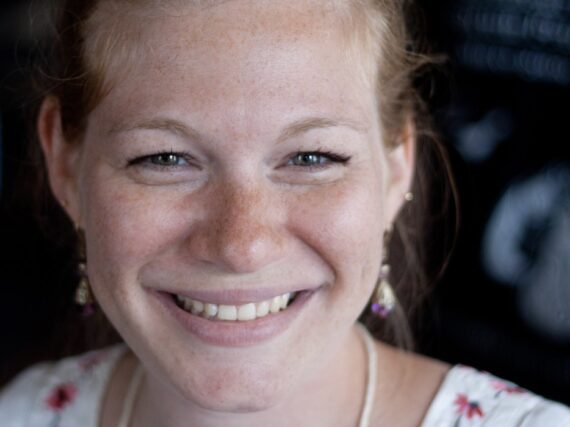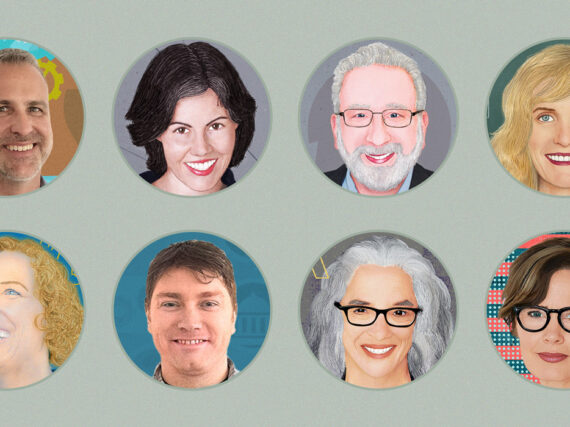“Agile went across the chasm probably eight years ago,” says agile consultant and coach Michael Sahota of Shift314. “What we’re seeing now is a huge dilution, where the spirit and original intent of agile has been completely lost.”
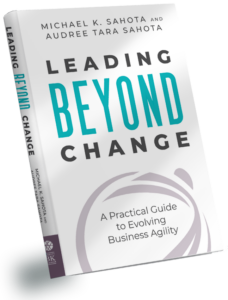
Michael and his partner, Audree Sahota, work with leaders who have struggled with their agile transformations. They come from organizations that may have changed their structure, but found that didn’t lead to engaged workers, an amazing product, and great customer experience, as hoped. These leaders want to know, what went wrong?
“Agile is part of the approach,” Michael tells them. “But leaders don’t need to learn Scrum, they need to learn how to function as an evolved leader. That’s the missing ingredient in lots of agile transformations. If leaders don’t change the way they lead, how can the organization change?”
Shift314 offers a framework, training, and books that provide a repeatable system for understanding how an organization and its leaders can evolve and change. The key, Michael says, lies in the shift to a people-centric way of working, or “people over process.” But for that to happen, leaders need to shift to an evolutionary mindset first.
We asked Michael to explain how change in an organization happens when there is a change in the mindset of the leaders.
How did you come to your approach?
As an agile trainer and coach, I noticed that agile would be successful to the extent that there is an evolved leadership mindset. So, the only way I could be successful in helping organizations create their success was to help leaders evolve.
That’s when I looked myself in the mirror and said, “Michael, can you help leaders evolve?” And the answer was, “Michael, you are a well intentioned jerk. You can’t help these leaders evolve the way you’re currently showing up.”
So I had a choice. I could either fail in my mission, or I could grow. That’s what led to my journey to re-map and re-pattern how I show up as a human being.
I’m like most people…I think I’m not so much the problem here, just tell me the three things I need to do to solve the problem. But what was needed was a shift in mindset. Because my actions won’t change until my behavior patterns change. My behaviors won’t change until the models and the beliefs I have in my head change. When I move to more evolved models, that’s a shift in mindset.
Then I can move towards someone who relates to the world in a different way. That’s the shift that is needed, and that’s what we focus on at Shift314.
What’s the biggest hurdle to change?
There’s a belief system that personality can’t be changed. The truth is we all have behavioral patterns that can be changed if we want to change them and have the right tools.
Someone who says, “That’s my personality, I can’t change,” is actually saying, “I don’t want to change.” We encourage the idea that if you want to change, change is possible.
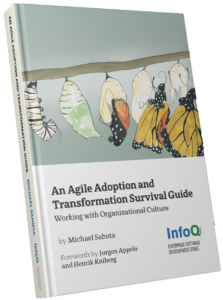
We are all well intentioned, but we all have habits that prevent us from showing up as the leader we want to be to create the outcomes we want to create. Do we choose to be somebody who interrupts people? Do we choose to be somebody who wants to look like the smartest person in the room? No! It’s like we’re playing a video game and we got stuck with these characteristics.
And that’s why we say every leader is innocent, every person is innocent, we didn’t choose this, we just ended up this way because of our society or conditioning and so on. And so we’re not responsible, but this brings us to a place of choice. If you choose to look at it, now you have the desire and can learn tools for how to operate differently, more how you want to be.
Most organizations are in traditional ways of functioning because they have no idea of a world beyond that. Or it’s never been mapped out in their context, so they don’t know how to get started. That’s why I wrote An Agile Adoption and Transformation Survival Guide: Working With Organizational Culture, to map it out. Here’s what the journey looks like, here’s what to expect, here’s how to get started.
While that was part of the answer, it didn’t have all the answers. The most recent book that my partner Audree I co-authored is called Leading Beyond Change: A Practical Guide to Business Agility. This is a step-by-step, organizational map of how to move from a traditional organization to an evolutionary one with higher levels of consciousness, functioning, and performance. That’s the starting point – understanding what the journey is about and where our organization is on it.
How do you define traditional management?
Traditional management sets directions through management by objective. You know, tell people what to do, and use reports to measure whether they’re doing it.
There’s a heavy reliance on authority, on the ability to tell people what to do to get things done.
We’ve been trained in this whole system of command and control, where the default assumption is that workers have no brains and we treat them like replaceable parts. We’ve all been told to sit at our desk at school. Not for one day, not for one week, not for one year, but for over a decade of being mandated to sit at a desk in school and follow the rules. And this gets built into our muscle memory so now, when we are in a position of power, where do you think we draw our information from?
How do you define an evolutionary leader?
For an evolutionary leader, there’s an understanding that authority is the last refuge. It’s about creating an environment to look after people. Servant leadership was the first attempt to map this out, and people-centric organizations and evolutionary leadership are a natural evolution of that.
We start to unpack and say, “How do I need to function as a leader to look after my people, to nurture them, to create an environment for them, to balance giving direction and involving them in decisions and so on?”
There’s an inner shift needed to move from me, to we. The most important dimension for a leader to understand is, “Wait a second, the bottleneck is me.” (If you think of a bottle, the bottleneck is at the top.) The way my system is functioning depends on me. Am I ready to start looking at how I’m showing up and evolve to lead in a better way to create a better system?
Then there is the outer shift. It’s not enough to shift our consciousness, leaders need practical models and tools to navigate the complexity of people-centric organizations. We created the SELF Framework specifically to help leaders develop this knowledge and capabilities. Anyone can learn it to immediately make a difference with the people around them.
What’s holding leaders back from evolving?
They realize, “Wait a second, I’ll probably have to do some work here.” Everybody wants to be successful, yes, but people have their own definition of success.
For some people, success is the status quo, it’s safe. We think, “Even if our company is going to go off the cliff in five years, right now it’s okay!”
Think about someone who wants to lose weight and maybe get a six-pack abdomen. But then they realize they must start exercising, cut out alcohol and their favorite sweets, and eat healthy food. They say, “Wait a second, I’m good the way I am, forget about it, it’s not worth it.” Right? This is human nature.
This is why we want to honor the freedom of every person to decide what they want to create for themselves. Having the courage and willingness to look at how you are really showing up is not for everyone. It’s for people who want to be change makers, who are ready to do the work.
If you want to have a different kind of organization with a different kind of outcome, that means everyone must change their behaviors, including the leader.
We do not try to convince people to do this work, because that is not treating them like sovereign adults. But if you want to make the choice to get different kinds of outcomes and results, let’s have a conversation.
What is the work about?
This work is built around the psychological safety of a human being as the cornerstone of success, or performance, or whatever we want to create in the moment. A big part of that is treating people like adults, like sovereign human beings, and respecting what it is they want in the moment.
What people start to realize when they read our books or come through our trainings is, “Wait a second, I’m projecting what I want on the people who report to me, on my boss, on these other departments, on my kids.” We realize there’s a massive projection of our desires onto other people to make them do what we want, and that creates all sorts of damage. Then we begin to see, “Wait, I’m creating this problem. The team member or teenager who won’t clean up their stuff, they’re just a reflection of the system, and I am the system creating this outcome. Oh wow, it’s me, ha, and I can change, because change is possible.”
We realize, “If I want to create an inspired, motivated, passionate, responsible person, whether it’s someone who reports to me, or my kid, I have to treat them with respect and give them the option to be responsible.”
I mean it’s a very basic idea: When you treat people better, they perform better. It’s really about functioning from an evolved perspective. But what does that mean in direct application practice? We break it down to the actual details that people can grasp. So, if I do it this way, I’m going to cause damage, but if I do it this other way, it’s going to work out better. And so immediately people’s egos are engaged because everybody wants to be successful.
Then there’s some desire, there’s a spark of excitement. And what they learn is that they can apply this learning in any context because these are universal principles. Of course, people get extraordinary shifts in the workplace, but the biggest benefits that people report, the ones that touch their hearts the most, are changes with their kids and partners and parents. Because they realize that in shifting how they’re showing up, they can change everything.
What’s the hardest part for people?
The biggest thing is kicking what we call the command-and-control habit. It’s so deeply ingrained in us to get other people to do what we want. What we do in training is help people understand the damage that they’re causing through this habit and learn how to start breaking it. There’s a blog post on our website about the Redlist Mindset that touches on this.
The single biggest challenge that we all face as human beings is being attached to our idea, our agenda, what we want, and having it come out through the command-and-control habit.
What do you see as the goal of this work?
Our view is that there is a path forward if we change how the leaders in organizations function. If we change the leadership, that changes the fabric of the organization. People will experience positivity where it’s a joy coming into work, instead of negativity and oppression. That changes the organizational systems, which touches the products and customers, and the families of those workers, and the communities that they live in.
When we shift leader by leader, person by person, organization by organization, we can together change the world to operate from a place of more evolved consciousness that allows us to solve the biggest challenges facing our planet and societies today.
When we tip the leadership, that pulls all the people along and uplifts the whole system. High performance is achievable, business agility is achievable, but it starts within each of us as individuals making a choice to show up differently.
How do we get started?
There’s no quick fix, but if you want me to tell you three things to do, the first is understanding that it’s a journey. Step two is a choice, do you want to commit effort to that journey? And three is learning the tools and the maps and starting the journey.
Learn more
Contact GovWebworks about agile consulting services
Check out Shift314’s books and sign up for a training:
We found Michael Sahota via the Agile to agility Conference: Integral Approaches that was organized by Miljan Bajic. Check out more resources from Miljan and Agile to agility:
